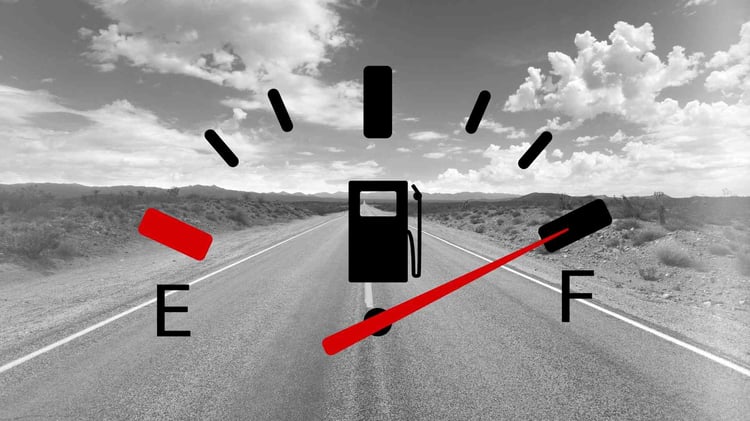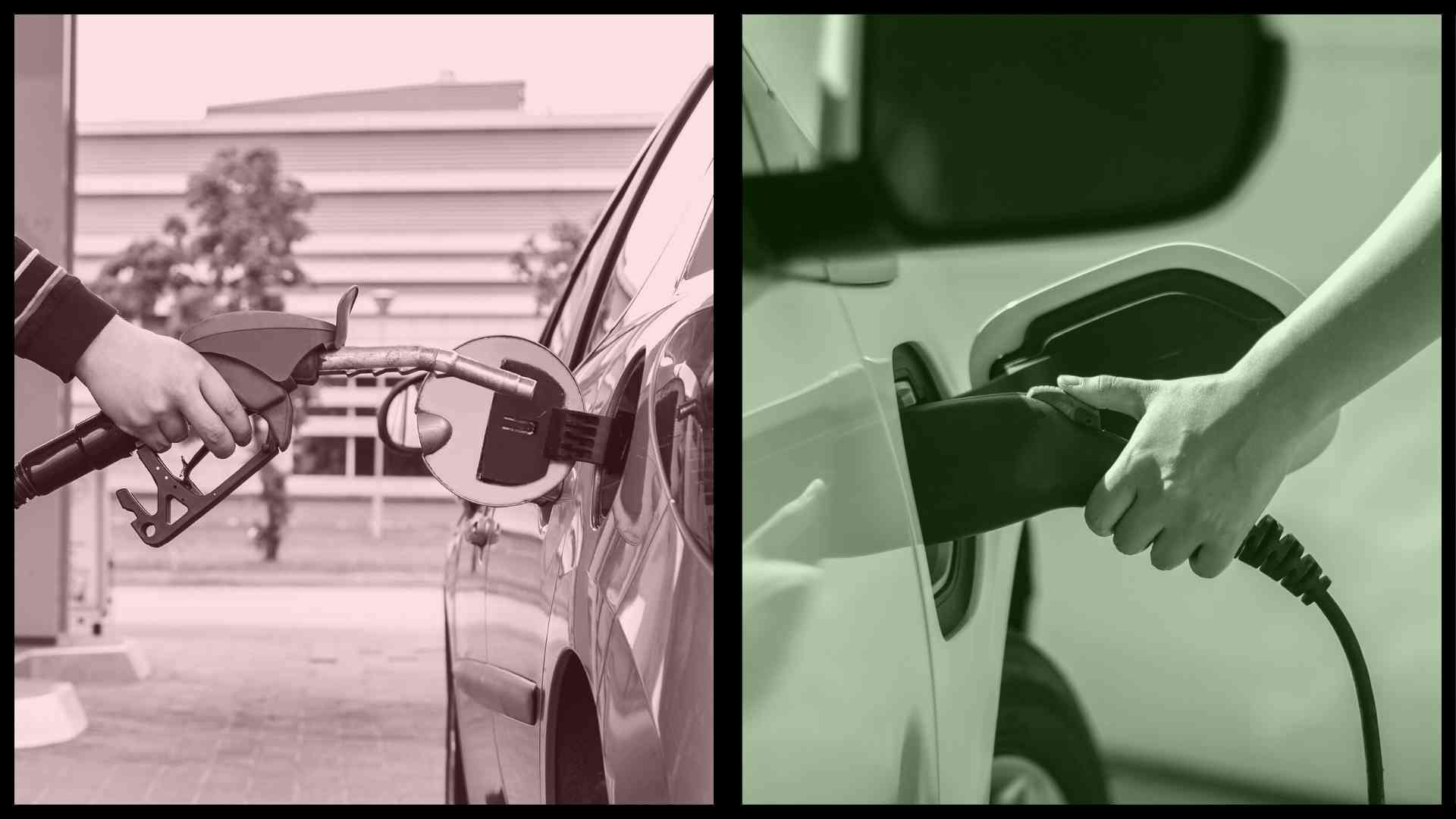What is Hypermiling?
Hypermiling is a driving technique that maximizes your vehicles fuel efficiency AKA saving you money on gas. Hypermiling can be done in any vehicle regardless of consumption so you can practice hypermiling in an H2 Hummer or in a Fiat 500. Effective hypermiling can improve fuel economy by nearly 40%.

How to Set Up My Vehicle for Hypermiling
- Ensure all tires are set to your vehicles recommended PSI (correct PSI can be found on a sticker in the drivers side door jamb or in the owners manual)
- Use iridium or another high performing spark plug to get more efficient fuel consumption
- Use synthetic oil in your vehicle (the synthesized particles of the oil will allow it lubricate the engine with less friction)
- Remove any unnecessary weight from your vehicle (don’t travel with emergency cinder blocks)
- Remove possible sources of drag from your vehicle (flags, antenna balls, cargo carriers, etc.)
- If you are driving a pickup truck, consider installing a bed cover to reduce wind resistance
Driving Techniques for Hypermiling
Hypermiling is one of many methods used to make your gas go that extra mile. We have even looked into how you can save fuel based on how you fill up your gas tank. Once your vehicle is set up and ready to maximize your fuel efficiency, it is time to implement the hypermiling strategy.
Minimize Your RPM
Most vehicles have an RPM (revolutions per minute) gauge already installed. This gauge is usually referred to as a tachometer. If you do not have a tachometer in your vehicle from factory, consider installing an aftermarket gauge to better understand when your car is under load.
When accelerating, try and maintain as low an RPM as is safely possible. When your vehicle is speeding up, try to avoid accelerating above 4000 RPM (this can be checked on your tachometer while driving). Be gentle with the gas peddle but do not sacrifice safety for the sake of fuel economy. When merging onto a major road or highway, accelerate at a rate that is safe to do so and if you are able to maintain lower RPM that will be successful.
If you are on a flat major road cruise control can be used to maintain steady speed and RPM. If you are on hill or driving in the mountains, use the terrain to your advantage. While driving up a hill, go slower and maintain a lower RPM in your vehicle. When going down a hill, coast down and take advantage of the natural acceleration.
Coasting will be your new best friend. Some hypermiling enthusiasts say to drive your vehicle as if you don’t have brakes. When coming to a slow or stop in the road, be cognizant of what is ahead and begin slowing with plenty of space ahead of you. Coasting all but disengages your fuel injectors which will all but eliminate gas consumption while coasting.
Will Air Conditioning Impact my Fuel Economy?
The short answer to this question is yes, running your air conditioning while driving can reduce your vehicles fuel efficiency. However, if you’re driving in the summertime and need to cool off your vehicle, air conditioning could be the better option for cooling your vehicle if you’re traveling at high speeds.
If you are traveling at a speed of less than 70km/h you’re better off rolling down your vehicles windows and turning off the air conditioning all together. If you’re traveling over 70km/h the drag that is caused by having your windows rolled down will outweigh the cost of air conditioning.
| Under 70km/hour | Roll Down Windows |
| Over 70km/hour | Use Air Conditioning |
Avoid Idling
Idling is one of the killers to fuel economy. When parking your vehicle, do not let the car idle while simply sitting in a parking spot. Shutting off your engine if you’re idling for more than a minute can help improve your vehicles fuel efficiency by nearly 20%. Obviously, this may not be an option while sitting in stop and go traffic; however, with careful route planning ahead of time, you can often avoid situations where you would be in that kind of traffic.
Some vehicles are equipped with automatic stop/start feature to conserve fuel. While in idle, the vehicle will cut the engine until your foot comes off the break. Once this happens your engine automatically turns over and begins running again. This feature helps to avoid idling for an extended period of time, but some consumers do not like delay between taking their foot off the brake and the vehicle moving forward.
In the winter months, it can be tempting to let your vehicle warm up at idle for 5-10 minutes. Your vehicle will likely be warmer when you get in, but it will also burn a significant amount of fuel. Your vehicle should not be accelerated to a high speed within 5 minutes of starting in cold temperature, but 5 minutes of gentle driving will warm the engine to satisfactory operating level.
Hypermiling Best Practices
- Make sure your vehicle is optimized for hypermiling
- If you don’t have a tachometer, consider installing one
- Minimize the load on your engine while driving (maintaining the lowest RPM possible)
- Coast your vehicle when possible
- Avoid idling your car
- Use air conditioning at appropriate times (driving over 70km/h)
- Plan your route to avoid stop and go traffic
- Driving at or below 100km/h to maintain optimal fuel efficiency
Can Hypermiling Save Me Money On Insurance?
Yes! Intact insurance has UBI (usage based insurance) that uses a mobile app to track driving behaviour. Tracked behaviour includes rapid stops, rapid accelerations, and speeding (all behaviours prohibited by hypermiling). Hypermiling could save you up to 30% off your car insurance! Give us a call to find out more.







